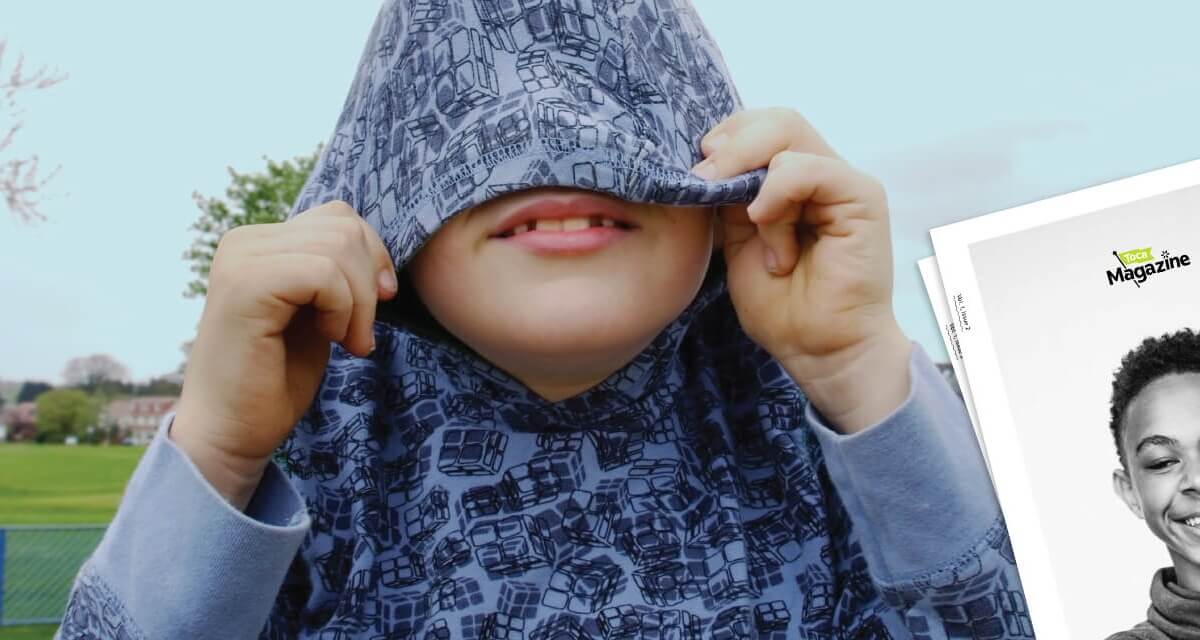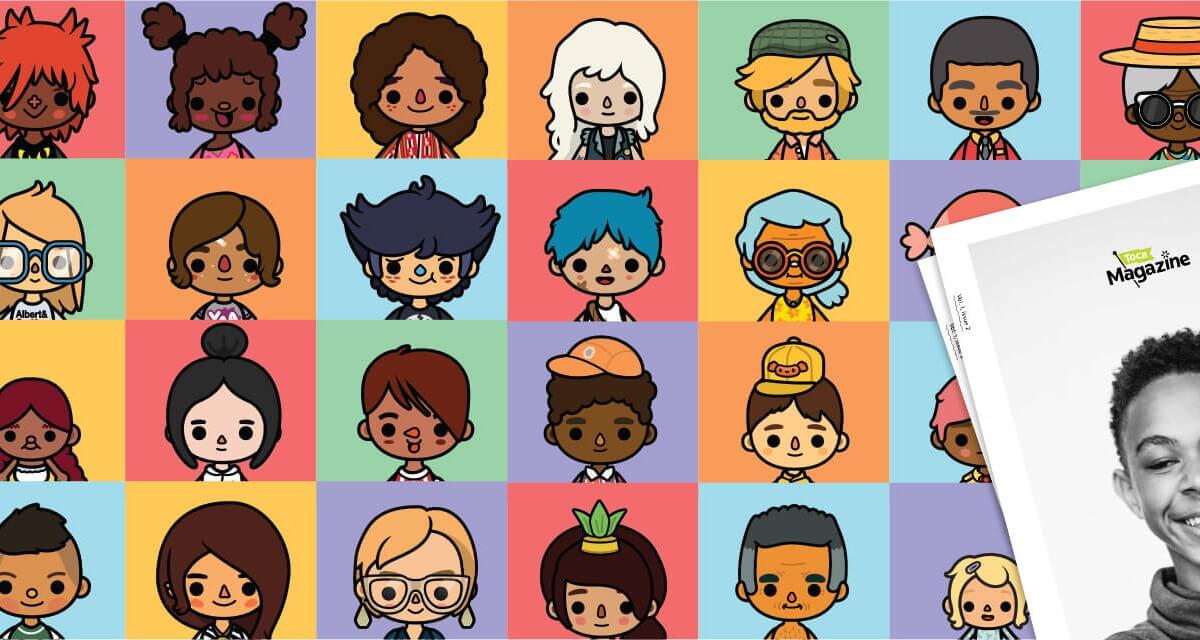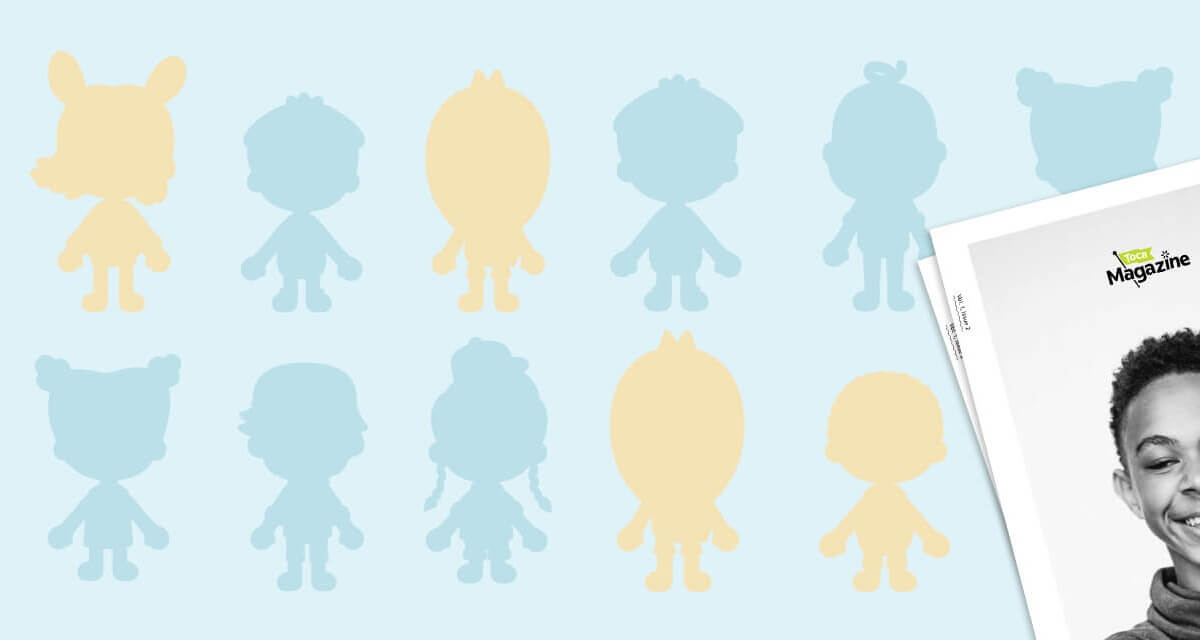It matters, still. Find out why.
- By
- Parker Barry
Gender is only a part of who we are, but it is a big part. Even before we are born, gender begins its work dictating everything from the color palette of the nursery to the type of clothing the baby will wear to expectations about attitudes and behaviors. However, despite the structuring role gender has in our lives, many of us are barely aware of it.
Gender is not a characteristic we are born with. It’s more like a cocktail of biological and cultural factors that, when not consumed critically and responsibly, can become toxic. More specifically, gender is made up of three related but distinct aspects: biological sex, gender identity and gender expression.
- Biological sex refers to the anatomical traits (genitalia, reproductive organs, chromosomal makeup and hormonal composition) used to officially classify a person as either male or female at the moment of birth.
- Gender identity is a person’s inner sense of being male, female, both or neither, irrespective of their physical characteristics. It is unrelated to sexual orientation—which refers to a person’s affective, emotional and sexual response to others—and develops much earlier. Most people have a sense of their gender identity between the ages of 2 and 4 years old, and by the time they reach adolescence it’s usually stable and remains unchanged.
- Gender expression relates to the behaviors, attitudes and other outward manifestations of gender identity. It includes clothes, accessories, mannerisms and the predilection for activities regarded as feminine or masculine. There is a broad range of gender expression, and—contrary to popular belief—there is no direct correlation between gender identity, sexual orientation and gender expression. For example, a woman can have a gender expression regarded as masculine and be heterosexual; and the fact that a boy enjoys playing with toys regarded as feminine does not mean that he is, or will grow up to be, gay or transgender.
The interplay of these three factors produces a person’s gender. Gender is broad, and there are no inherently good or bad gender identities or expressions. What does exist are socially sanctioned or unacceptable ways of being male or female.
Why gender matters, still
In a world where women seem to be breaking all glass ceilings, men are more involved in activities historically regarded as feminine like child care and cooking, and Caitlyn Jenner has made it practically impossible to be unaware of the many challenges faced by transgender people, particularly women, do we still need to talk about gender?
We may think that kids are growing up in a world where personality, not gender, is what determines hobbies and toys. But the increasing visibility of gender-reveal parties—with their cupcakes filled with pink or blue cream and invitations that read, “What would it be? Bouncing little he or pretty little she”—tells us that we are far from a gender-neutral world.
Despite the many advances in gender equality, gender continues to be one of the most resistant categories used to label, sort and classify people in our society. We would be hard-pressed to come up with a good reason to divide toys or clothing based on other physical differences among humans such as hair and eye color, or even race and ethnicity. However, we routinely—and inadvertently—segregate our daily lives according to gender.
Furthermore, studies indicate that, counterintuitively, children’s toys, clothes, bedding and accessories are more segregated by gender today than 50 years ago. In a study that compared catalogues for toys, Elizabeth Sweet found that in 1975 only 2 percent of the toys in the Sears catalogue where explicitly categorized as “for boys” or “for girls.” In contrast, nowadays all the toys on the Disney website are divided along gender lines.
In Cinderella Ate My Daughter, Peggy Orenstein also showed that what we now consider the status quo of gender segregation for all things related to kids in department and toy stores is actually the result of a marketing strategy that started in the 1980s and was consolidated in the 1990s. The trick is simple and profitable: By tying toys and accessories to popular films, and color-coding practically all products targeted to children and teens, companies managed to double their sales in very little time and with very little effort. If all baseball bats were created equal, a parent with a boy and a girl could buy only one bat and have kids share it. But if the bat has the faces of Elsa and Anna stamped on it, chances are the boy will not want to play with it and the parent will buy another bat with more virile-looking characters for the boy.
Ellen DeGeneres mocked this trend with her now-classic skit about Bic’s pens “just for women.” Through her unique sense of humor, it’s easy to see how ridiculous gender-coding can get. However, gender is so ingrained in our culture that we often fail to see it, and when we do, we tend to regard it as either natural or harmless. However, more often than not, when we think we are describing, we are actually prescribing behaviors and characteristics.
Kids pick up on cues in early childhood
During early childhood kids are highly focused on adults because they are their main source of information about the world. Children see many differences between people, and by looking at adults they learn which ones are important and which ones not so much. In this way, they soon learn that gender is one of the most meaningful categories and that there is a wide set of behaviors and emotional responses associated with it.
Our assumptions as adults model and curtail children’s expectations about themselves and others and can potentially limit their ability and/or confidence to freely explore their creativity and interests.
For example, by orienting children toward certain toys and away from others simply because of their gender we can hamper the development of their innate potential, lower their self-esteem and creativity, and reinforce biases against minority groups that include—but are not limited to—gender and sexual diversity. This will make it harder for them to be happy and confident adults and to perform in a world where the ability to relate to people of different backgrounds and cultures, and to think outside the box, are highly valued skills.
Play is the space of possibility
Fortunately, things are starting to change. Thanks in part to the work of organizations like Let Toys Be Toys and No Gender December, in 2013 the British branch of Toys R Us stopped labeling their toys by gender and started categorizing them by age, brand and type instead (in contrast, the first two categories in its U.S. counterpart of the toy giant are still “boys’ toys” and “girls’ toys”). And in 2015 Target made headlines when it announced that it was removing all gender labels from kids’ toys and bedding because it considered them “unnecessary.”
More and more parents and toymakers are starting to realize that play is the space of possibility. While playing, differences are set aside. Kids of the most diverse backgrounds can work collaboratively and enjoy each other’s presence disregarding for a few hours the limits and differences that we, as adults, impose on them. This includes freeing themselves from gender norms.
Allowing kids to explore and express their gender identity during play can have a powerful impact on kids’ lives. Through play we learn the skills and values that will allow us to function as adults. Modeling games that are affirming of difference and encourage creativity can contribute to more innovative and inclusive societies. If through creative play we are free to imagine a world less bound by harmful stereotypes and limiting gender roles, perhaps one day we will also be able to create it in real life.
Juliana Martínez, Ph.D., is an assistant professor of world languages and culture at American University. One of her areas of focus is gender and sexuality, particularly transgender studies. She is a member Toca Boca’s diversity advisory board.





